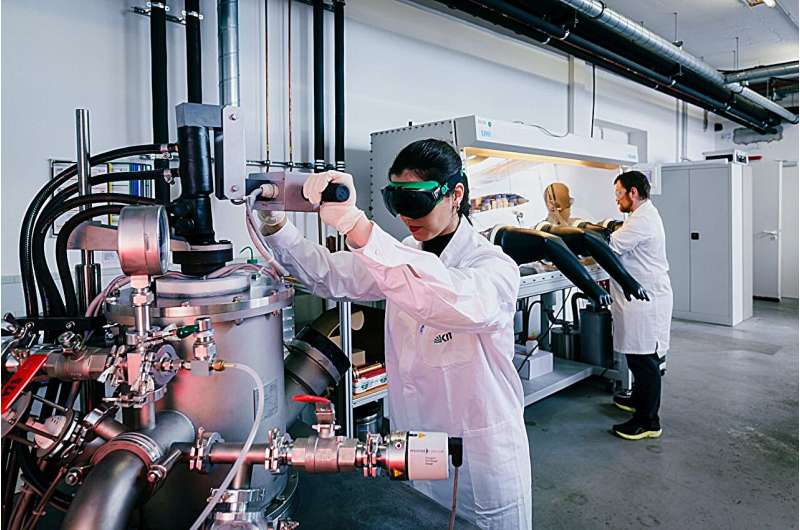By Futurist Thomas Frey
Imagine a world where the engines pushing us across continents, into rockets, or through power plants don’t shriek in heat—they glide in silence, riding on craft so temperature-resilient they seem almost mythic. That’s the future unlocked by a newly discovered alloy developed at MIT’s and Karlsruhe Institute of Technology: a chromium-molybdenum-silicon blend so ductile at room temperature, so resistant to oxidation at 2,000 °C, it shames the limitations of today’s superalloys. It’s not just an incremental upgrade—it’s a leap into materials once thought impossible.
Today’s gas turbines, jet engines, and combustion machines demand materials that survive heat, stress, and corrosion. Today’s nickel-based superalloys are pushed near their edge—usable up to ~1,100 °C in many real-world applications—but above that, they soften, oxidize, or fail. The new alloy redefines that ceiling. It combines high melting points, mechanical ductility, and oxidation resistance in a balance no prior refractory alloy achieved. The upshot? Machines that can run hotter, lighter, longer, and more efficiently.
Continue reading… “When Metals Learn to Withstand Fire: The New Age of Ultra-Alloys”

